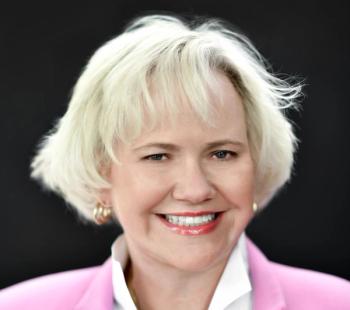
Medical schools see dip in applicants, but more diversity
More women, Black and Hispanic students applied and enrolled, the Association of American Medical Colleges says. Medical schools are aiming to attract more students from disadvantaged groups.
The number of people applying to medical school dropped a bit from the record high seen a year ago, but the pool of applicants is more diverse, the Association of American Medical Colleges said.
This year, 55,188 people applied for medical school, down from t
For some perspective, the number of applicants this year is 4.1% higher than in 2020-21, the AAMC said.
On the upside, more women, Black and Hispanic students applied and entered medical schools in the 2022-23 year, according to AAMC data.
“The AAMC has seen a steady increase in applications and enrollments over the last several years as students considering a career in medicine continue to answer the call to service,” David J. Skorton, MD, AAMC president and CEO, said in a statement.
Healthcare leaders have said America has a shortage of doctors, and it could get worse.
Healthcare leaders also stress the importance of developing
“We know that more diversity in the physician workforce builds trust and enhances the physician-patient relationship, translating into better health outcomes,” Skorton said in a news release. “The AAMC and our member medical schools are committed to increasing the number of both applicants and matriculants from historically underrepresented groups.”
Health groups have said they are worried that medical schools won’t be able to consider race as a factor in admissions, and the U.S. Supreme Court’s conservative majority has added to those concerns.
Here’s a look at the incoming class of aspiring physicians.
Women
For the fourth year in a row, women account for the majority of applicants and students in America’s medical schools. Women accounted for 57% of applicants, 56% of matriculants, and 54% of the total enrollment in medical schools, the AAMC said.
The number of women applying easily surpassed the number of male applicants this year: 31,190 to 23,924. Women account for 36.7% of the nation’s physician workforce, according to AAMC data.
Black
Medical schools saw a 14% increase in applications from Black students, and a 9% increase in matriculants. There was a 5% increase in first-year students who were Black men. The overall enrollment of Black students rose to a record 9,630.
Hispanic
There was a 7.3% increase in applications from students identified as Hispanic or Latino, and a 4% increase in matriculants. The overall enrollment of Hispanic students rose to a record high That brought overall enrollment of Hispanic, Latino, or Spanish origin students to a record 11,631.
Asian
Medical schools saw a 13% jump in applications from Asian-American students, and a 17.7% increase in matriculants.
White
The number of white applicants rose by 2.1%, but matriculants actually dipped (0.62%).
American Indian/Alaska Native
The number of applicants held steady, but matriculants dropped by 9%.






















































































